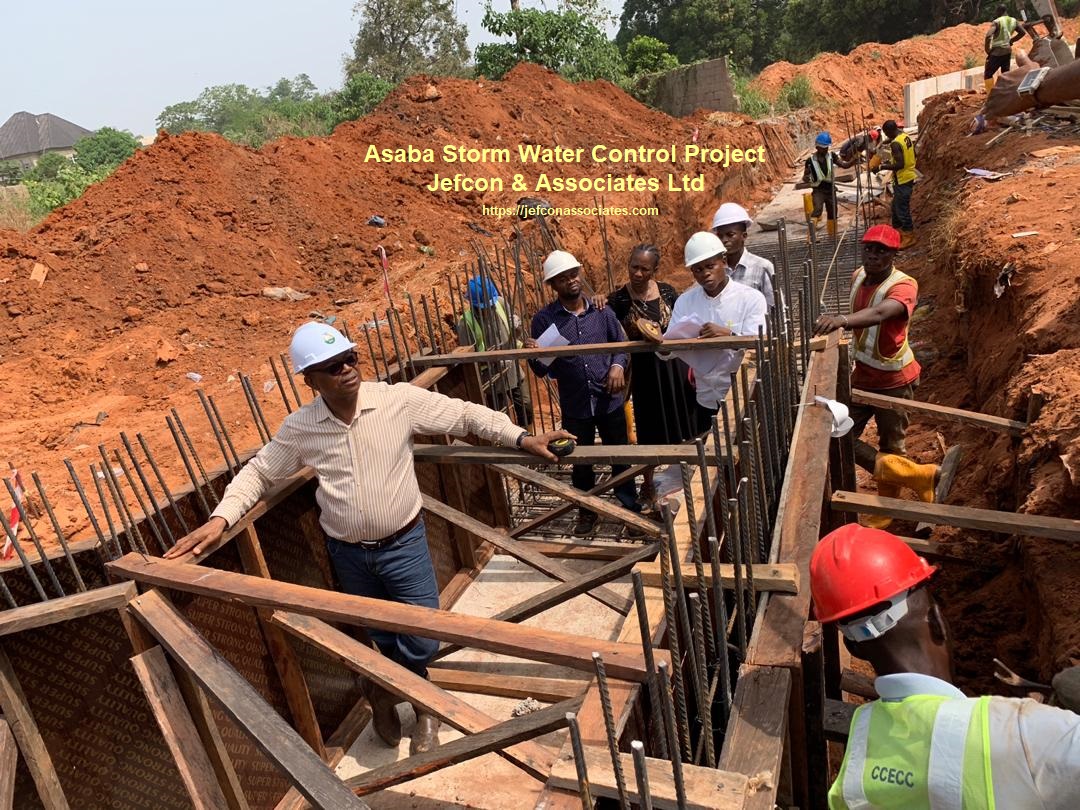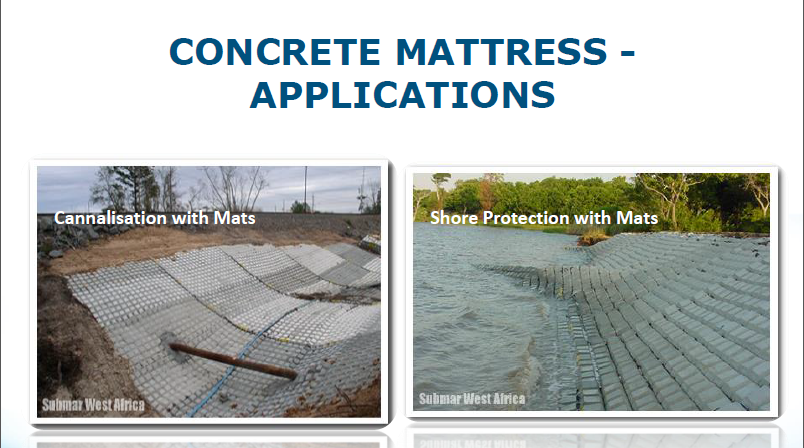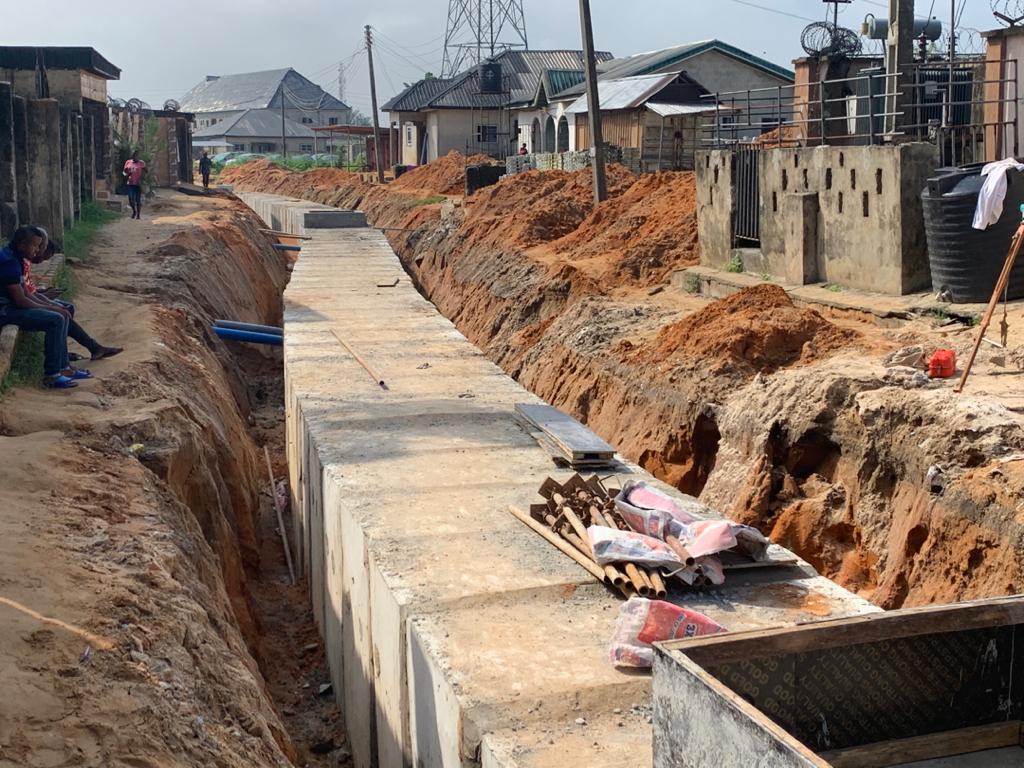
Best Practices for Concrete Work in Stormwater Drainage: Quality Control for Durability in Nigerian Climates By John Cee Onwualu (FNSE, FNICE, FNIWE, P.E., R.ENG, MASCE)
Best Practices for Concrete Work in Stormwater Drainage: Quality Control for Durability in Nigerian Climates
Concrete forms the backbone of stormwater drainage systems, providing the strength and durability needed to withstand environmental stresses. In Nigeria, where heavy rainfall and fluctuating temperatures often challenge infrastructure, ensuring the quality and longevity of concrete used in stormwater systems is vital.
This article explores best practices for concrete quality control (QC), focusing on suitable concrete types for Nigerian conditions and key tests to ensure strength, water-cement ratio, and proper curing.
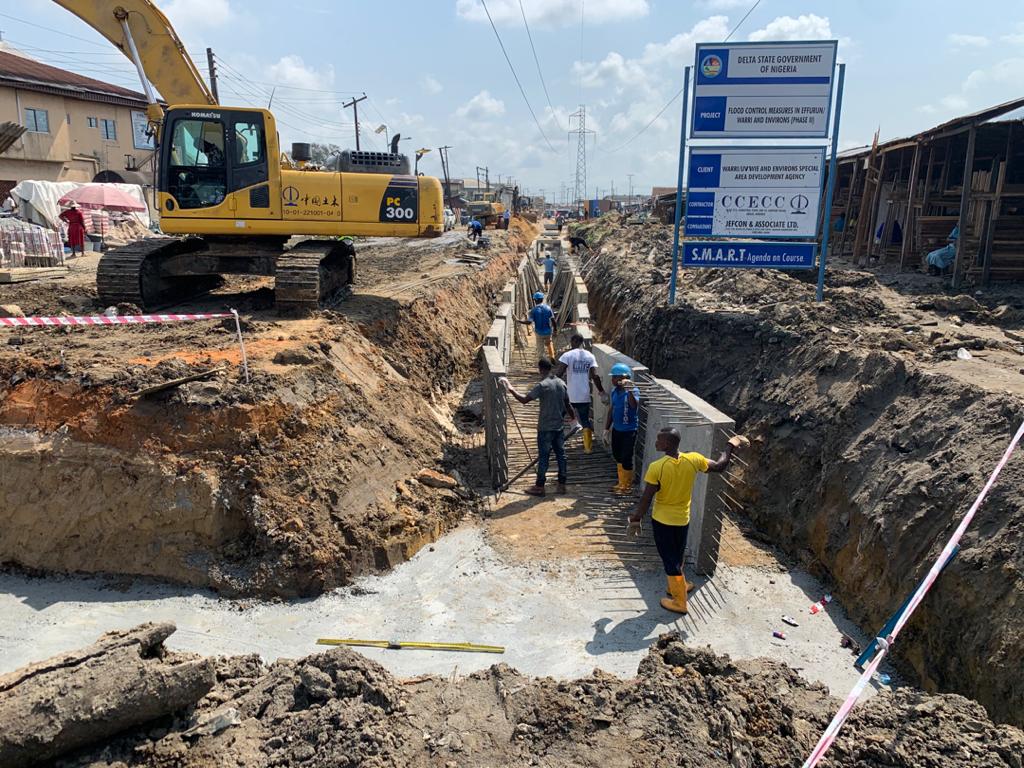
Types of Concrete for Stormwater Systems
Choosing the right type of concrete is critical for stormwater applications in Nigeria. The following types are commonly used based on specific project needs:
-
Normal Strength Concrete (NSC):
With a compressive strength of 2,500 to 5,000 psi, NSC is ideal for non-structural components of drainage systems. Its cost-effectiveness makes it a popular choice for basic applications.
-
High-Performance Concrete (HPC):
Engineered to deliver superior durability and strength, HPC resists aggressive environmental conditions like those found in coastal and flood-prone areas. Its low permeability makes it highly effective in mitigating water-induced deterioration.
-
Fiber-Reinforced Concrete (FRC):
The addition of fibers improves tensile strength and reduces cracking. FRC is particularly advantageous for components subjected to dynamic loads, such as culverts and channels.
Selection Factors:
The choice of concrete must account for local factors such as high humidity, soil salinity, temperature extremes, and the frequency of heavy rains—all of which influence performance and longevity.
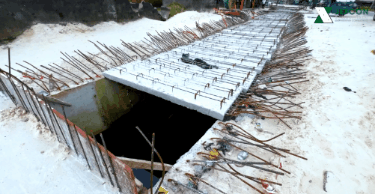
Quality Control Measures for Durability
To ensure concrete performs optimally, rigorous QC protocols must be integrated into the construction process. Below are critical QC measures:
1. Material Selection
- Use high-quality aggregates, cement, and admixtures suited for Nigeria’s environmental conditions. Locally produced cements such as Elephant or Ashaka can meet project requirements when properly applied.
- Avoid contaminants like silt or organic matter in aggregates, as these reduce concrete strength.
2. Optimal Water-Cement Ratio (w/c):
- Maintain a w/c ratio between 0.4 and 0.6 to achieve desired workability and strength.
- Excessive water increases porosity, making concrete prone to cracking and water ingress.
3. Admixture Use:
- Include plasticizers, superplasticizers, or water-reducing admixtures to enhance workability and reduce w/c ratio without compromising strength.
- Consider corrosion inhibitors for drainage systems exposed to saline or acidic environments.
4. Curing Practices:
- Proper curing prevents premature drying and enhances hydration, critical in Nigeria’s hot climate.
- Methods like wet curing (covering with moist jute bags) or curing compounds should be employed for at least 7-14 days.
Essential QC Tests
Regular testing ensures the concrete meets design specifications and withstands operational stresses. Key tests include:
1. Compressive Strength Test:
- Evaluate strength at intervals of 7, 14, and 28 days using standard cube or cylinder specimens.
- Ensure the concrete achieves its design strength before service loading.
2. Slump Test:
- Measure the workability of fresh concrete to ensure proper placement.
- A slump value of 75-100 mm is recommended for most stormwater applications, balancing flow and stability.
3. Water Absorption Test:
- Assess porosity and water resistance by determining the percentage of water absorbed.
- Lower absorption indicates better durability against Nigerian rainfall patterns.
4. Chloride Penetration Test:
- This test is critical for drainage systems in coastal or saline environments, evaluating concrete’s resistance to chloride ion penetration.
5. Durability Index Testing:
- Assess resistance to environmental attacks, such as freeze-thaw cycles or sulfate exposure.
Implementation in Nigerian Context
Given Nigeria’s tropical climate and variable soil conditions, adherence to these best practices is non-negotiable. Proper QC measures can mitigate common issues such as cracking, erosion, and premature failure of drainage systems. Additionally, incorporating sustainable practices—such as using recycled aggregates or locally sourced materials—can enhance cost efficiency and reduce environmental impact.
Conclusion
Concrete quality control in stormwater drainage systems is pivotal for managing Nigeria’s unique climatic challenges. By choosing suitable concrete types, adhering to optimal w/c ratios, ensuring effective curing, and performing comprehensive QC tests, civil engineers can enhance the durability and functionality of drainage infrastructure.
Ultimately, these measures contribute to sustainable development and resilient infrastructure that withstands the test of time.

References
- https://buildingplanng.com/types-of-concrete-grade-mix-ratio-and-their-uses/construction-gist/
- https://www.thaiscience.info/journals/Article/AUJT/10568891.pdf
- https://costarchem.ng/technical-konwledge-about-concrete/
- https://niobnat.org/documents/DESIGN%20OF%20CONCRETE%20MIX%20AND%20FIELD%20APPLICATIONS.pdf
- https://fincreteglobal.com/5-commonly-used-concrete-admixtures-in-nigeria/
- https://www.academia.edu/42960960/DIFFERENT_GRADES_OF_CEMENT_IN_NIGERIA_AND_THEIR_SPECIALTIES_KAYODE_ABRAHAM_SIMEON_DIFFERENT_GRADES_OF_CEMENT_IN_NIGERIA_AND_THEIR_SPECIALTIES
- https://www.researchgate.net/publication/308968295_CEMENT_CLASSIFICATION_IN_NIGERIA_THE_PROSPECTS_FOR_THE_NEW_STANDARDISATION_POLICY
- https://www.ijser.org/researchpaper/Classification-of-Three-Nigerian-Cements-Using-the-Chemical-and-Physical-Properties-of-the-Cements.pdf
